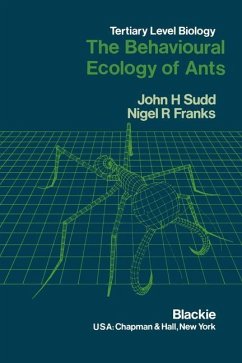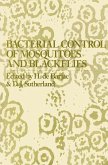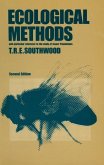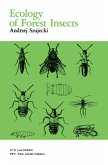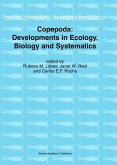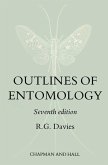Phoridae are probably the insect family with the greatest diversity of larval habits, but the least studied of the large families of flies due to identification difficulties. This book collates what is known about the natural history of the Phoridae world. It reviews eggs and oviposition, larval habits (including saprophages, kleptoparasites, fungus breeders, plant feeders, predator, parasitoids, parasites and enemies), pupae and their enemies, development, adult habits (including feeding, special associations, courtship, mating, phoretic mites and enemies) and ecological aspects. There follows a new user-friendly and extensively illustrated key to world genera and a review of the identification literature for each of the 229 genera recognized. A review of methods and an extensive bibliography complete the work.
` ... well worth having a look between the covers.'
The Bulletin of the Amateur Entomologists' Society
`This book is a tremendous achievement and represents virtually our total knowledge of the family in all its aspects and indicates where further work lies waiting. It provides a sure foundation for all future studies.'
Entomologist's Monthly Magazine
The Bulletin of the Amateur Entomologists' Society
`This book is a tremendous achievement and represents virtually our total knowledge of the family in all its aspects and indicates where further work lies waiting. It provides a sure foundation for all future studies.'
Entomologist's Monthly Magazine
` ... well worth having a look between the covers.'
The Bulletin of the Amateur Entomologists' Society
`This book is a tremendous achievement and represents virtually our total knowledge of the family in all its aspects and indicates where further work lies waiting. It provides a sure foundation for all future studies.'
Entomologist's Monthly Magazine
The Bulletin of the Amateur Entomologists' Society
`This book is a tremendous achievement and represents virtually our total knowledge of the family in all its aspects and indicates where further work lies waiting. It provides a sure foundation for all future studies.'
Entomologist's Monthly Magazine


